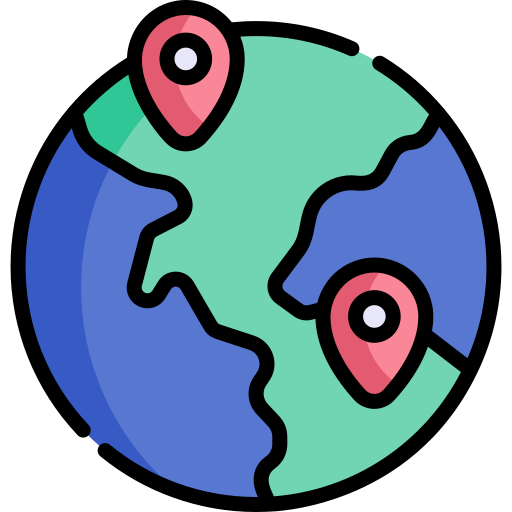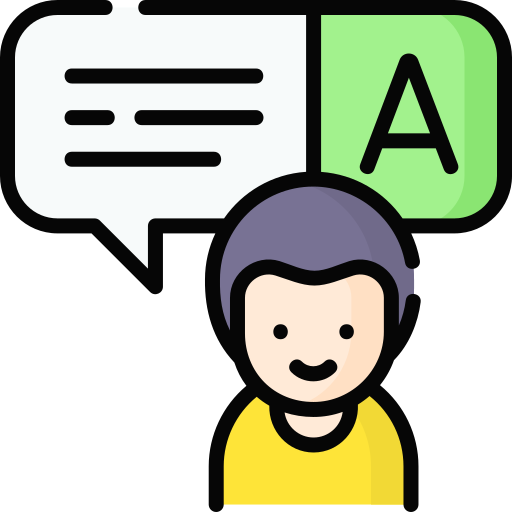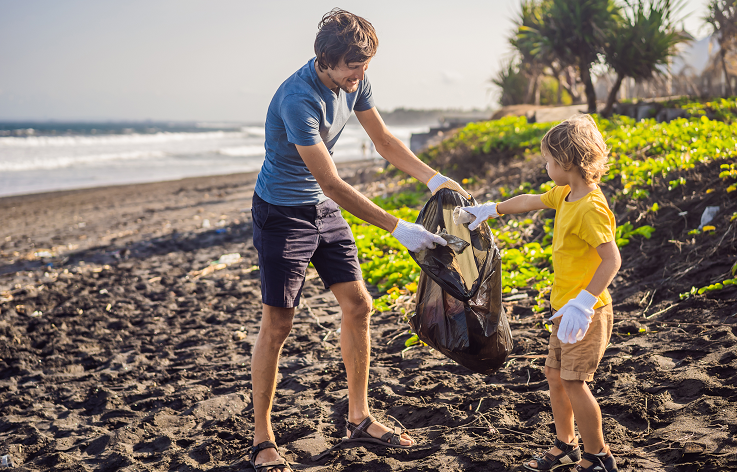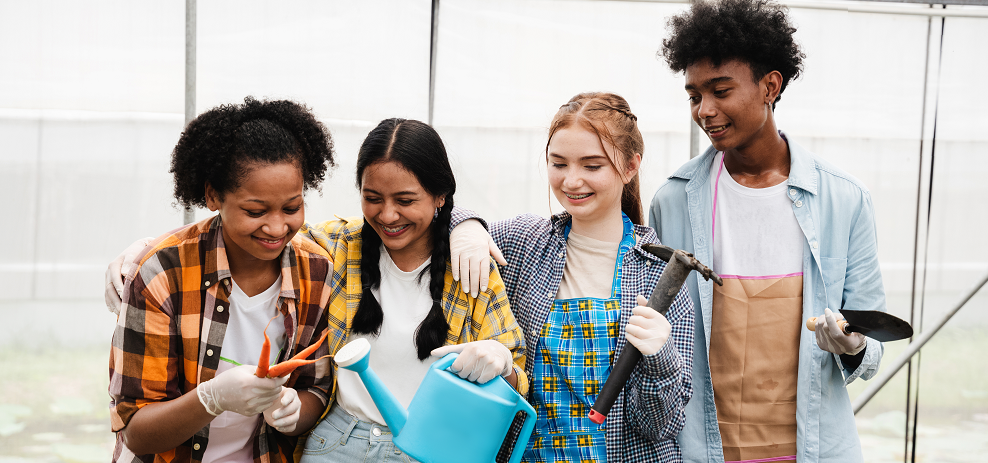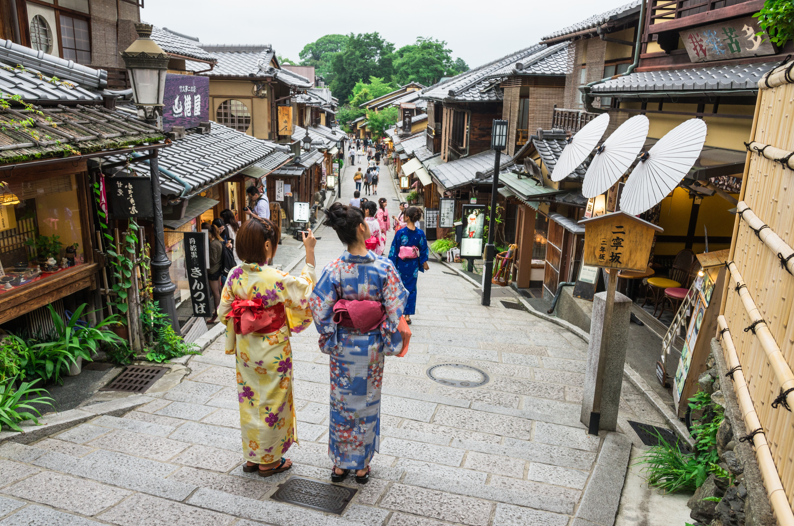Part A Self introduction
自己紹介をしましょう

Part A_1 Self introduction
Let’s introduce ourselves to each other.
My name is ________. What is your name?
Part A_2 Self introduction
I am ________. Nice to meet you.


Part A_3 Self introduction
Nice to meet you too, ________. What did you eat for breakfast today?
Part A_4 Self introduction
| Answer: |


Part A_5 Self introduction
Thank you for answering. Let’s begin our lesson!
Part B Vocabulary
Let’s check the meaning and pronunciation of English words.

Part B_1 Vocabulary
We’ll read aloud the words below. Please repeat after me. I will check your pronunciation.
(Please send the mispronounced words and expressions to your student.)
講師の真似をして単語を発音しましょう。
Part B_2 Vocabulary
|
did
(doの過去形)~した
|
|
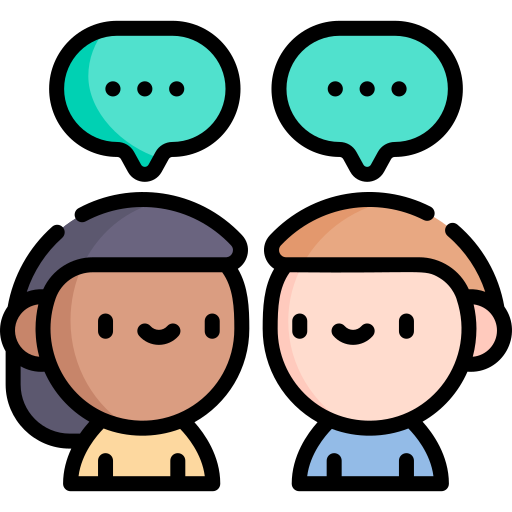 |
talk – talked
話す – 話した
|
|
sound(s)
〈…に〉聞こえる
|
|
 |
move – moved
動かす – 動かした
|
 |
setting(s)
設定
|


Part B_3 Vocabulary
Now, let’s review some words from part B_2.
(Please review the mispronounced words and expressions from part B_2.)
復習しましょう。
Part B_4 Vocabulary

Part C Learn Key Phrases
Let’s practice reading the sentences.

Part C_1 Learn Key Phrases
We will read aloud the sentences below. I will check your pronunciation and intonation.
(Please send the mispronounced words and expressions to your student.)
講師の真似をして文章を読みましょう。
PART C_2 Learn Key Phrases
| 1. | My friend and I studied at the library yesterday. |
| 2. | Did you do your homework last night? – Yes, I did./No, I didn’t. |
| 3. | What time did you get up this morning? – I got up at six. |


Part C_3 Learn Key Phrases
Now, let’s review some words and expressions from part C_2.
(Please review the mispronounced words and expressions from part C_2.)
復習しましょう。
Part C_4 Learn Key Phrases

Part D Dialogue practice
Read sentences and check your pronunciation. Make sure you understand the content.

Part D_1 Dialogue practice
We’ll read aloud the dialogue below. I will check your pronunciation and intonation.
(Please send the mispronounced words and expressions that need improvements to your student.)
会話文を読みましょう。
Part D_2 Dialogue practice
Helping Mrs. Brown
|
TUTOR:
|
Did you go to East Elementary School yesterday? Did you like it? |
|
STUDENT:
|
Yes, I liked it very much! I talked about Japanese foods and manga. |
|
TUTOR:
|
Sounds good! |
|
STUDENT:
|
I arrived early. So I helped Mrs. Brown. |
|
TUTOR:
|
What did you do? |
|
STUDENT:
|
I moved the desks and chairs. I also helped her with the PC settings. |
|
TUTOR:
|
That’s great! |


Part D_3 Dialogue practice
Now, we’ll switch roles. I will check your pronunciation and intonation.
(Please send the mispronounced words and expressions that need improvements to your student.)
役割を交代しましょう。
Part D_4 Dialogue practice
Helping Mrs. Brown
|
STUDENT:
|
Did you go to East Elementary School yesterday? Did you like it? |
|
TUTOR:
|
Yes, I liked it very much! I talked about Japanese foods and manga. |
|
STUDENT:
|
Sounds good! |
|
TUTOR:
|
I arrived early. So I helped Mrs. Brown. |
|
STUDENT:
|
What did you do? |
|
TUTOR:
|
I moved the desks and chairs. I also helped her with the PC settings. |
|
STUDENT:
|
That’s great! |


Part D_5 Dialogue practice
Now, let’s review some words and expressions from parts D_2 and D_4.
(Please review the mispronounced words and expressions parts D_2 and D_4.)
復習しましょう。
Part D_6 Dialogue practice

Part E Answer Questions
Answer the questions and check your grammar. Make sure you understand the content.

Part E_1 Answer Questions
Now, you will answer the questions below using the grammar topics you learned. I will check if your sentences are complete and if the grammar is correct.
(Please send the sentences that need grammar corrections to your student.)
講師が質問をしますので、習った文法を使って答えましょう。
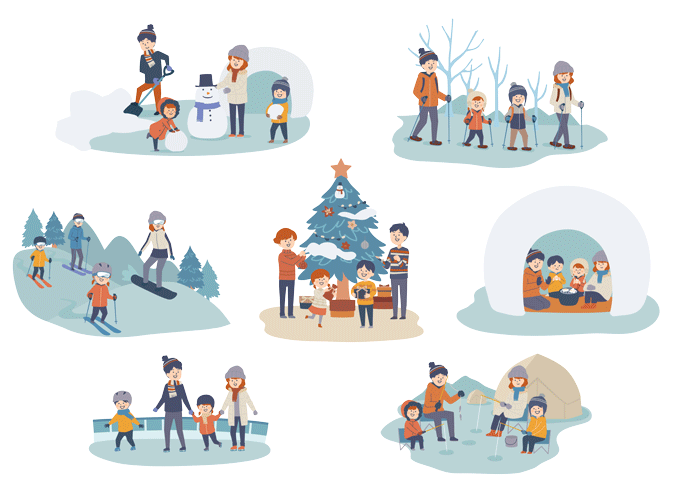

Part E_2 Answer Questions
| 1. | Did you clean your room last week? |
Part E_3 Answer Questions
| Answer: |
2つの文で答えましょう


Part E_4 Answer Questions
| 2. | Did you study English yesterday? |
Part E_5 Answer Questions
| Answer: |
2つの文で答えましょう


Part E_6 Answer Questions
| 3. | What did you do during your winter vacation? |
during ~の間
Part E_7 Answer Questions
| Answer: |


Part E_8 Answer Questions
| 4. | Who made dinner last night? |
Part E_9 Answer Questions
| Answer: |


Part E_10 Answer Questions
Now, let’s review your answers.
(Please review your student’s answers by sending the correct answers in complete sentences. After that, ask your student to read aloud his or her corrected answers.)
復習しましょう。
Part E_11 Answer Questions

Part F Ask Questions
Ask me questions and check your grammar. Make sure you understand the content.

Part F_1 Ask Questions
Now, you will ask me questions. I will check if your sentences are complete and if the grammar is correct.
(Please send the sentences that need grammar corrections to your student.)
今度は、あなたが講師に質問します。習った文法を使って文を作りましょう。

Part F_2 Ask Questions
| 1. | ____ you visit your friend last month? |


Part F_3 Ask Questions
| Yes, I did. I visited my friend last month./No, I didn’t. I didn’t visit my friend last month. |
Part F_4 Ask Questions
| 2. | Where did you ____ on your last vacation? |


Part F_5 Ask Questions
| I went to _______________ on my last vacation. |
Part F_6 Ask Questions
| 3. | Who ______ breakfast today? |


Part F_7 Ask Questions
| __________ made breakfast today. |
Part F_8 Ask Questions
| 4. | What did you ____ on Christmas Day? |


Part F_9 Ask Questions
| I ate ____________ on Christmas Day. |

Part F_10 Ask Questions
Now, let’s review your answers.
(Please review your student’s answers by sending the correct answers in complete sentences. After that, ask your student to read aloud his or her corrected answers.)
復習しましょう。
Part F_11 Ask Questions

Part G Free talk
Talk about the following topics.

Part G_1 Free talk
Let’s do a free talk about the following topics.
(Please do a free talk if you have time left.)
フリートークをしましょう。

Part G_2 Free talk
What did you do yesterday?
What time did you get up? What food did you eat?
What time did you get up? What food did you eat?
Part G_3 Free talk
| Answer: |


Part G_4 Free talk
What did you do during your last summer vacation?
Part G_5 Free talk
| Answer: |





